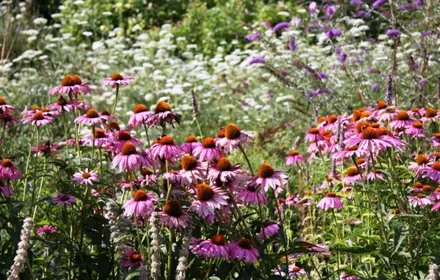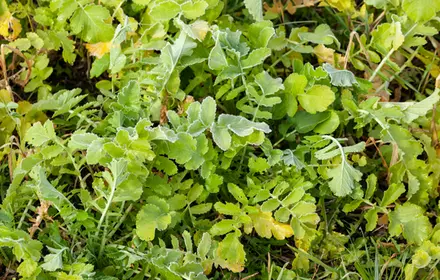Overwintering Your Fuchsias and Pelargoniums

As the cold Canadian winter approaches, gardeners across the country begin the process of overwintering their beloved plants. Among the many varieties that receive special attention during this time, fuchsias and pelargoniums (often referred to as geraniums) stand out for their vibrant colors and lively blooms. However, as these plants find shelter from the harsh outdoor elements, they often become susceptible to a variety of pests. Keeping these pests at bay is crucial for ensuring the health and beauty of your plants until they can be safely returned to the garden in spring. This blog will guide you through the process of checking your fuchsias and pelargoniums for pests while overwintering them.
Understanding the Overwintering Process
Before diving into pest management, it's important to understand what overwintering entails. Overwintering is the process of protecting plants from the cold winter months. For fuchsias and pelargoniums, this usually means bringing them indoors or into a greenhouse where they can remain dormant until warmer temperatures return. While this can protect them from frost and freezing temperatures, it also creates an ideal environment for pests that thrive in stable, warm conditions.
Identifying Common Pests
Several pests are known to target fuchsias and pelargoniums during the overwintering period. These include aphids, whiteflies, spider mites, and fungus gnats. Each pest presents unique symptoms:
- Aphids are small, green, or black insects that suck sap from the plant, leading to distorted growth and a sticky residue known as honeydew.
- Whiteflies resemble tiny white moths and are often found on the undersides of leaves, causing similar damage to aphids.
- Spider mites are tiny spider-like pests that create fine webs on the plants, leading to yellowing or bronzed leaves.
- Fungus gnats are small, black flies that thrive in moist soil, with their larvae feeding on plant roots.
Regular Inspections Are Key
The first step in protecting your plants is regular inspection. Check your fuchsias and pelargoniums at least once a week for signs of pests. Pay close attention to the undersides of leaves, around the stem, and near the soil, as these are common areas for pests to congregate. Early detection can make all the difference in effectively managing an infestation.
Implementing Pest Control Measures
Once pests have been identified, there are several strategies you can employ to control them:
- Isolation: If you notice pests on a particular plant, isolate it from the rest to prevent the pests from spreading.
- Physical Removal: For minor infestations, physically removing pests or infested leaves can be effective. Use a damp cloth to gently wipe off aphids or whiteflies.
- Water Sprays: A strong stream of water can dislodge many pests from the plant. This method is particularly effective for aphids.
- Insecticidal Soaps and Oils: These products can safely be used on most plants to control pests without harming the plant or beneficial insects. Always follow the product's instructions for the best results.
- Biological Control: Introducing natural predators, such as ladybugs, can help manage aphid populations.
Prevention is Better Than Cure
Preventative measures can also play a significant role in keeping your plants pest-free during the overwintering period. Ensure your plants are healthy before bringing them indoors, as stressed plants are more susceptible to pests. Keep the area around your plants clean and free of plant debris to reduce hiding spots for pests. Additionally, proper watering practices are crucial; overwatering can attract pests like fungus gnats, so allow the soil to dry out slightly between waterings.
Overwintering fuchsias and pelargoniums in Canada requires vigilance and care, especially when it comes to pest management. By understanding the common pests that target these plants and implementing regular checks and control measures, you can ensure your plants remain healthy and vibrant throughout the winter. With proper care, you'll be rewarded with stunning blooms when spring arrives, making all your efforts worthwhile.



